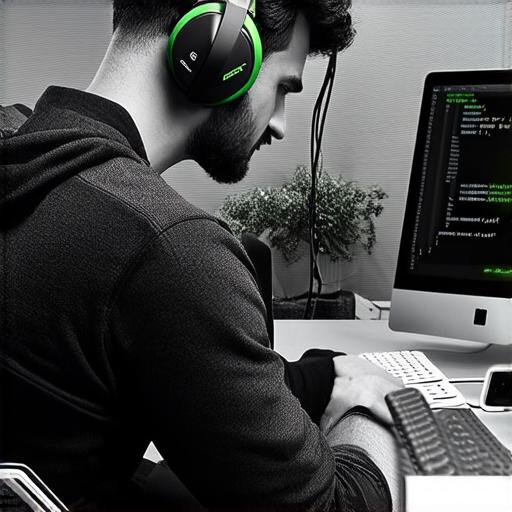
Before We Begin: Understanding the Requirements
Before you can start linking your physical smartphone with Android Studio, there are a few things you need to know. First and foremost, you will need to have an Android Studio project set up on your computer. You can download Android Studio for free from the official Google website.
Once you have Android Studio installed, you will also need to have an Android device connected to your computer. This can be done via USB cable or Wi-Fi. If you are using a Wi-Fi connection, you will need to make sure that your smartphone is connected to the same network as your computer.
Finally, you will need to have the Android Debug Bridge (ADB) installed on your computer. ADB is a command-line tool that allows you to communicate with your Android device from your computer. You can download ADB for free from the official Google website.
Method 1: Using USB Debugging
USB debugging is one of the most common methods used by Android Studio developers to link their physical smartphones with their development environment. With this method, you will need to connect your smartphone to your computer via a USB cable.
Once your smartphone is connected, you can enable USB debugging on your device by going to Settings > Developer options and toggling the switch for USB debugging.
Next, open Android Studio and navigate to View > Tools Windows. In the ADB section, make sure that the correct ADB executable is selected. You can also select the port number where you want to connect your device.
Once you have everything set up, you can run your Android app on your smartphone by clicking the “Run” button in Android Studio. Your app will be installed and run on your device, allowing you to test and debug it directly from your development environment.
Method 2: Using Wi-Fi Debugging
Wi-Fi debugging is another popular method for linking physical smartphones with Android Studio. With this method, you can connect your device to your computer via Wi-Fi instead of a USB cable.
To enable Wi-Fi debugging on your device, go to Settings > Developer options and toggle the switch for Wi-Fi debugging.
Next, make sure that your device is connected to the same network as your computer. Then, open Android Studio and navigate to View > Tools Windows. In the ADB section, make sure that the correct ADB executable is selected. You can also select the port number where you want to connect your device.
Once everything is set up, you can run your Android app on your smartphone by clicking the “Run” button in Android Studio. Your app will be installed and run on your device, allowing you to test and debug it directly from your development environment.
Method 3: Using Android Virtual Device (AVD)
An Android Virtual Device (AVD) is a virtual Android device that runs on your computer. With this method, you can create an AVD that emulates the specifications of your physical smartphone and run your app on it directly from Android Studio.
To create an AVD, go to Tools > Create AVD in Android Studio. You will be prompted to enter the details of your virtual device, such as the device name, API level, screen size, and resolution.
Once you have created your AVD, you can run your app on it by clicking the “Run” button in Android Studio. Your app will be installed and run on your virtual device, allowing you to test and debug it directly from your development environment.
Tips and Tricks for Linking Physical Smartphones with Android Studio
Now that we have covered the different methods for linking physical smartphones with Android Studio, let’s take a look at some tips and tricks that will help you maximize your productivity and streamline your workflow.
- Keep Your Devices Up to Date: Make sure that your smartphone and computer are both running the latest version of Android and any necessary software updates.
